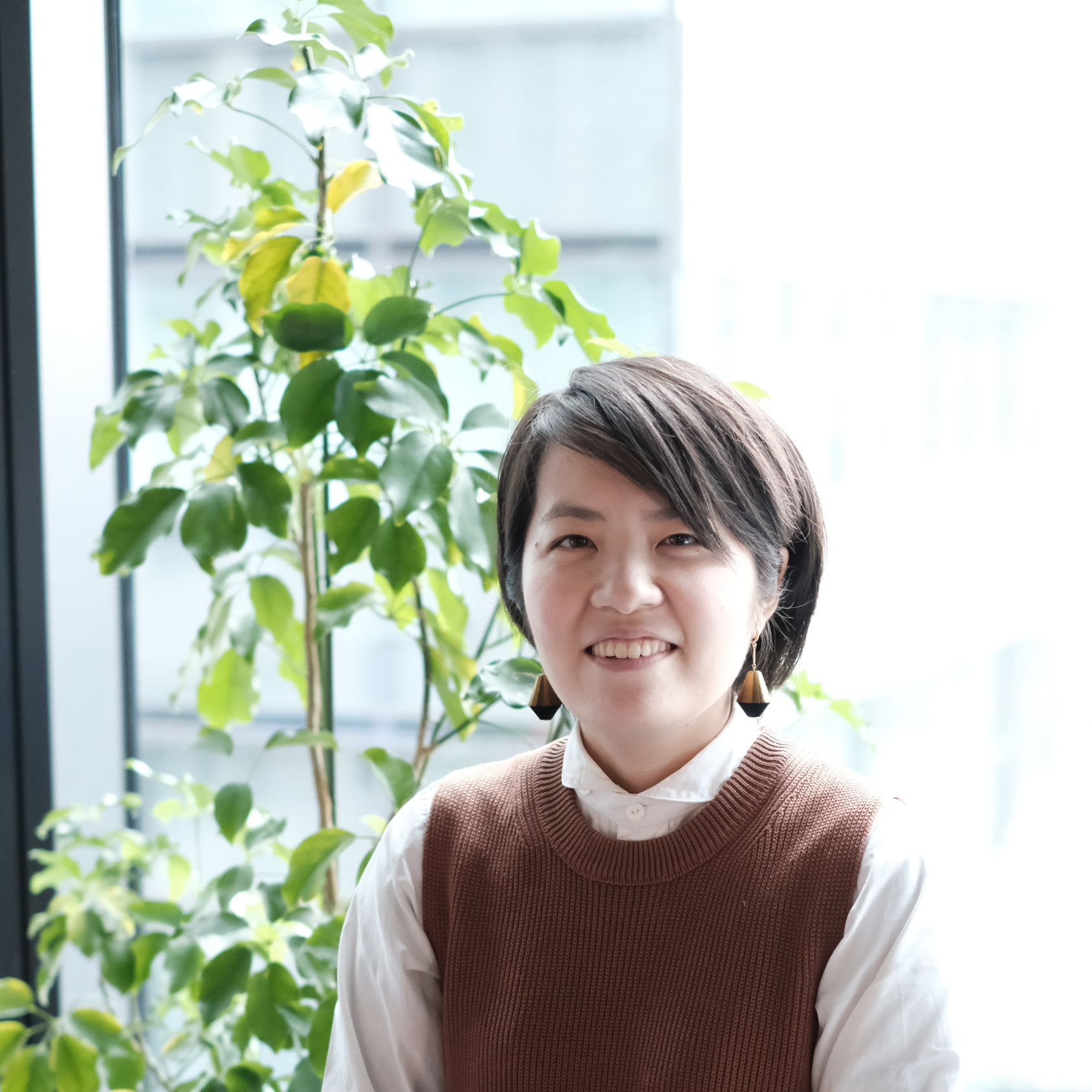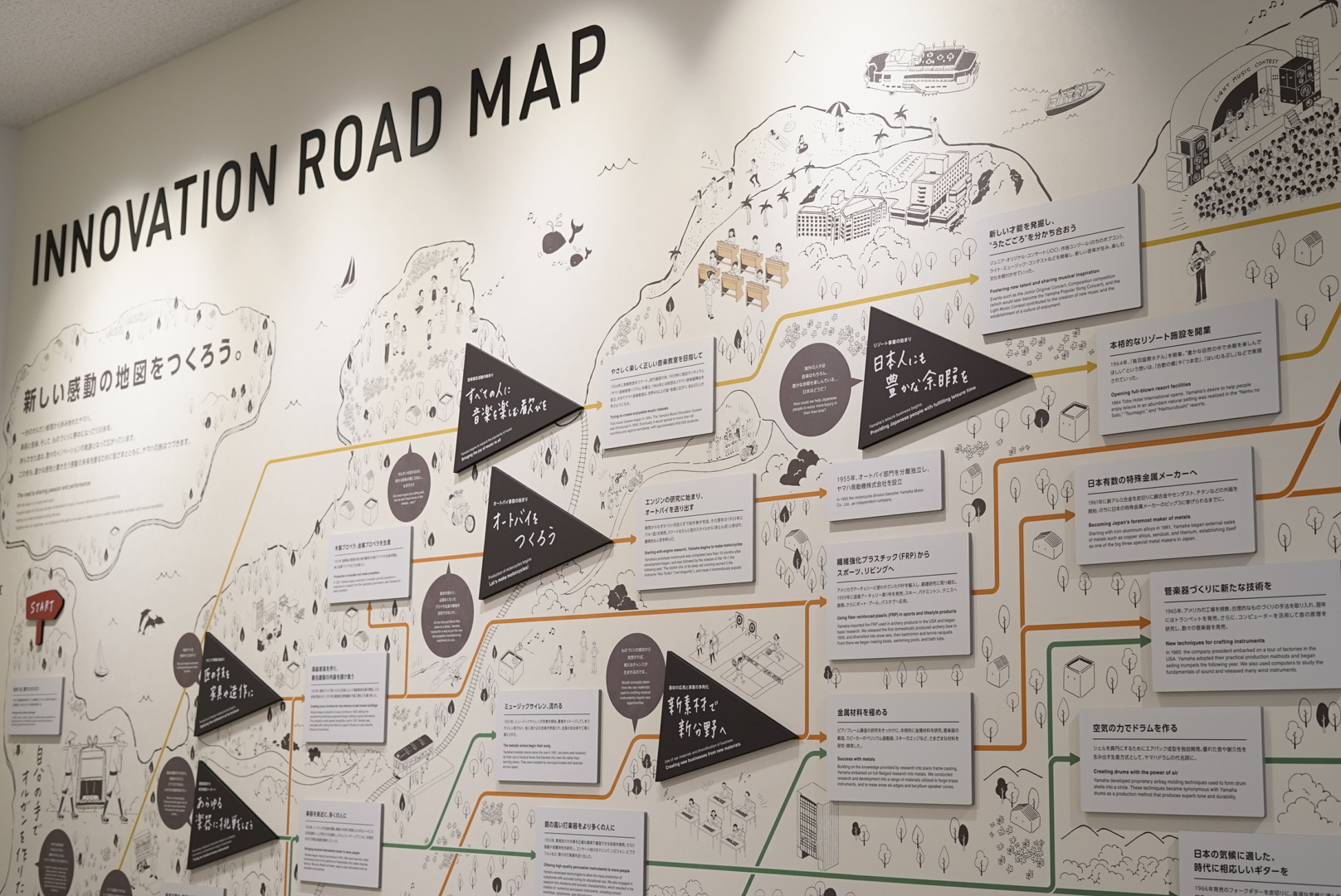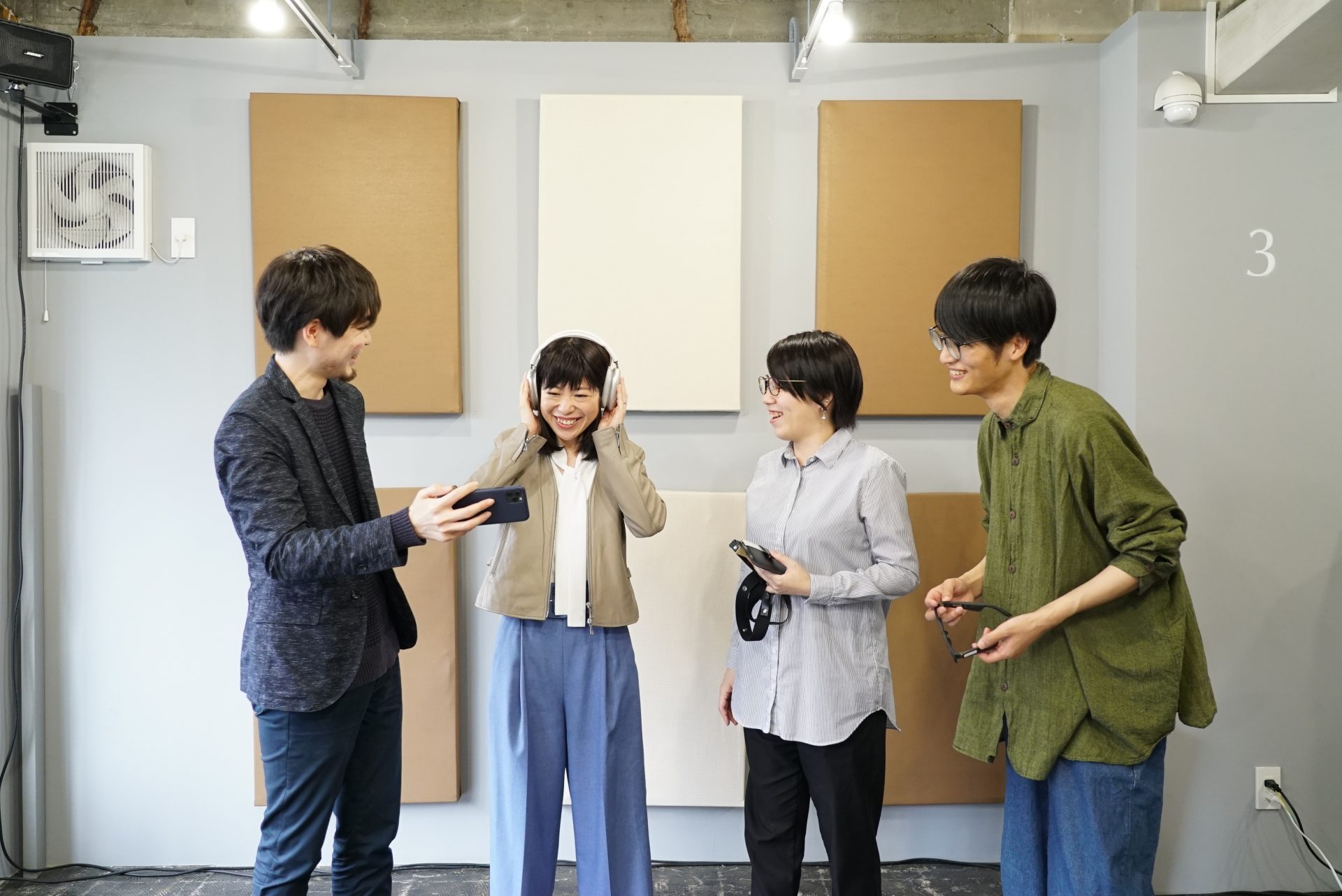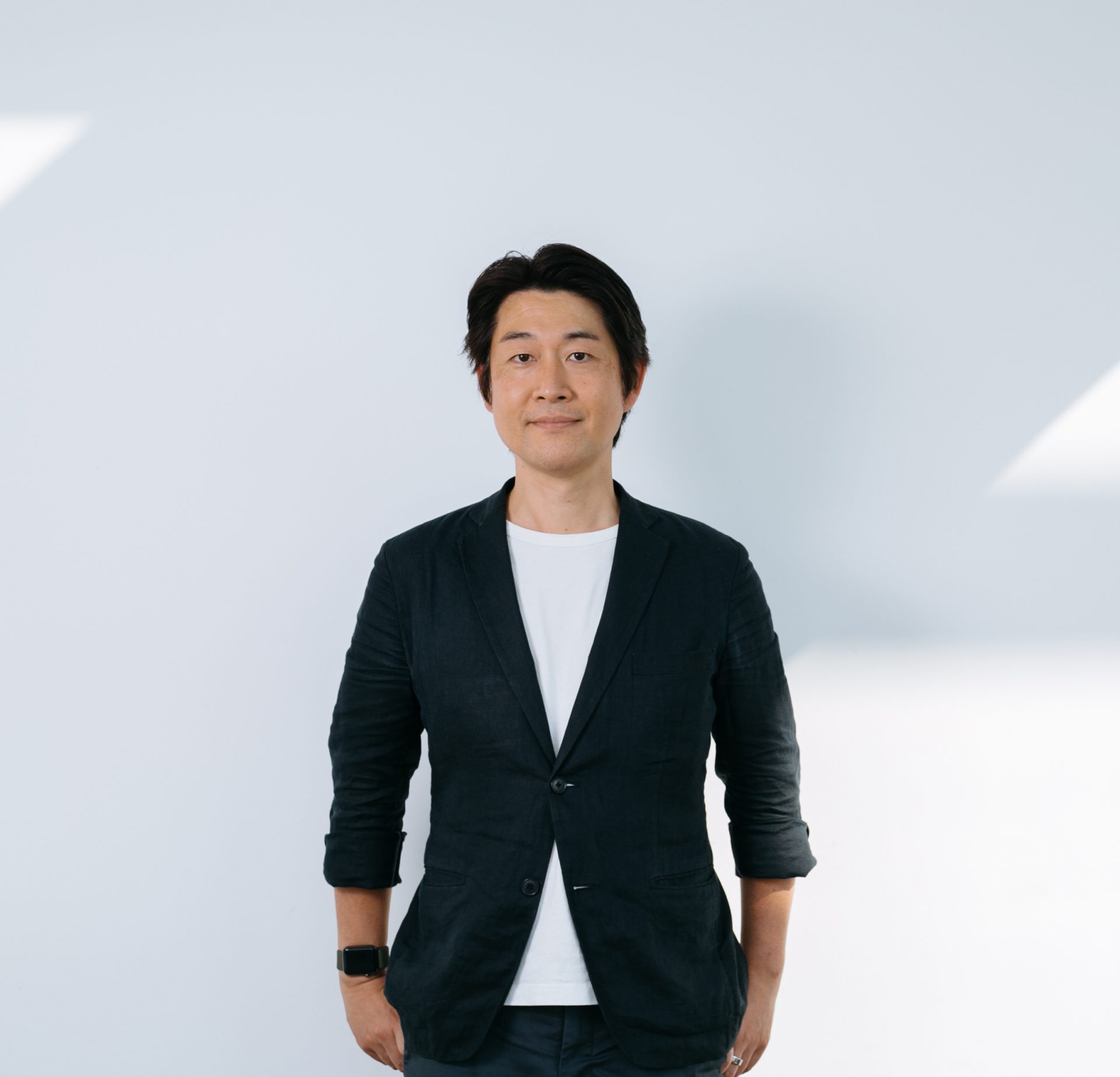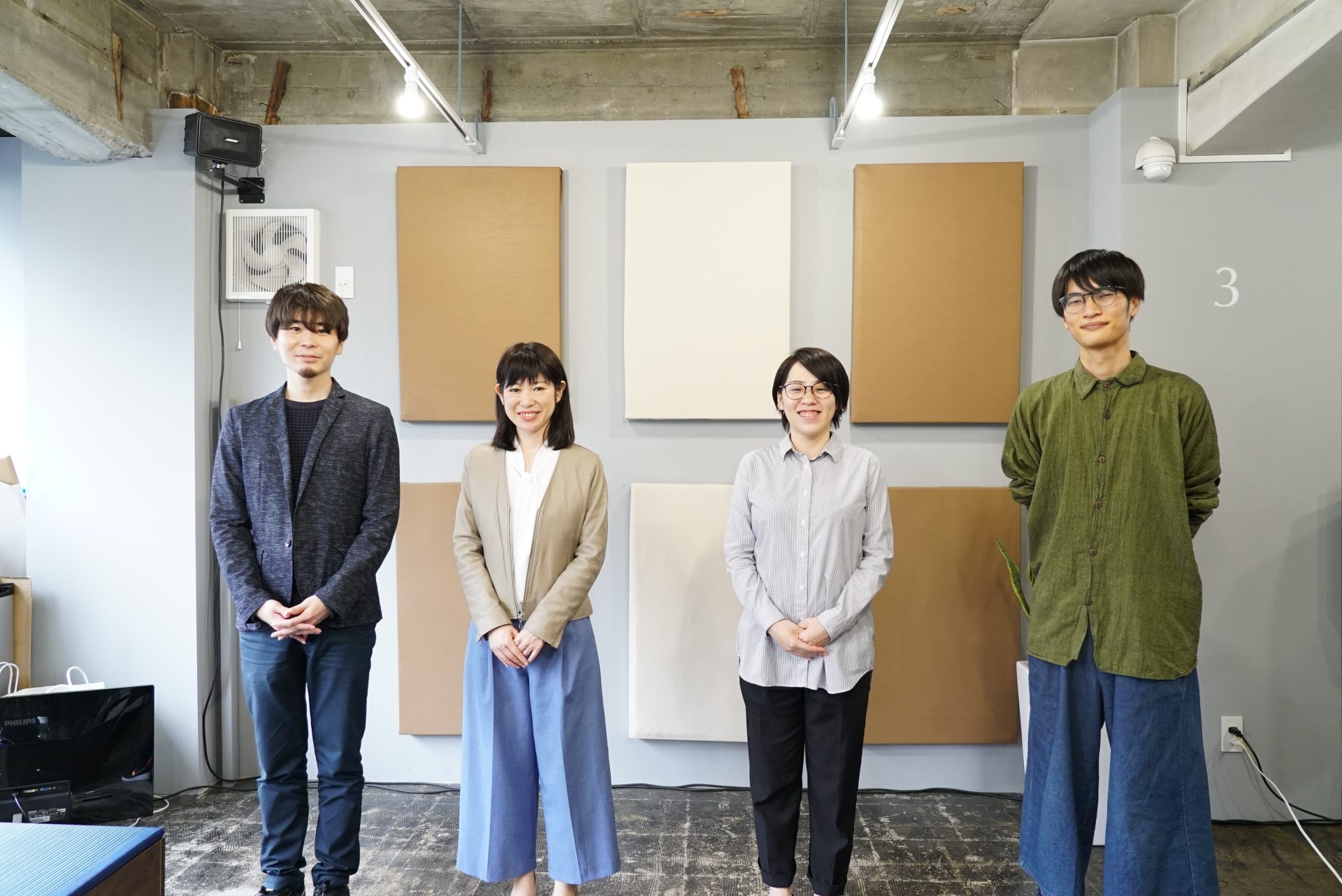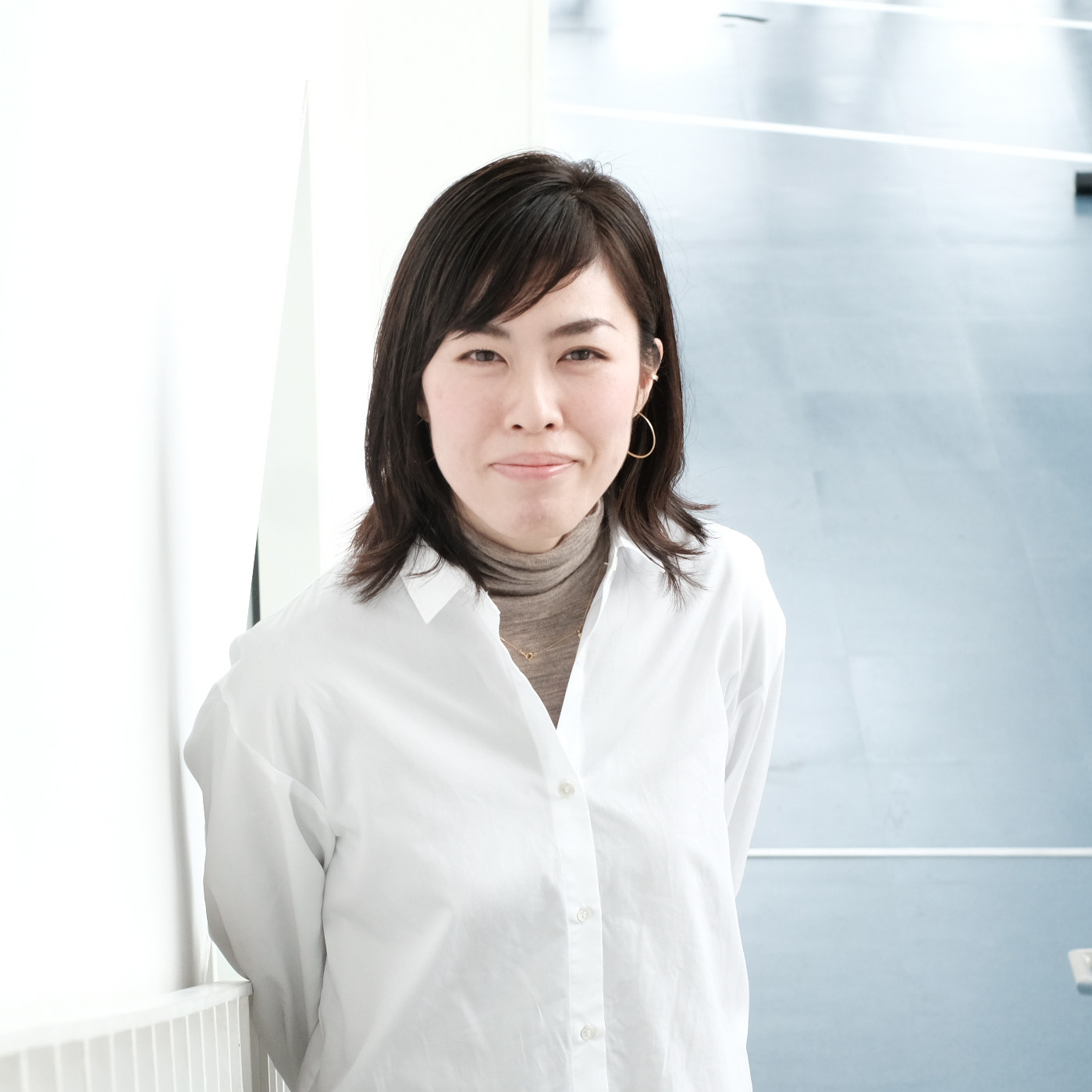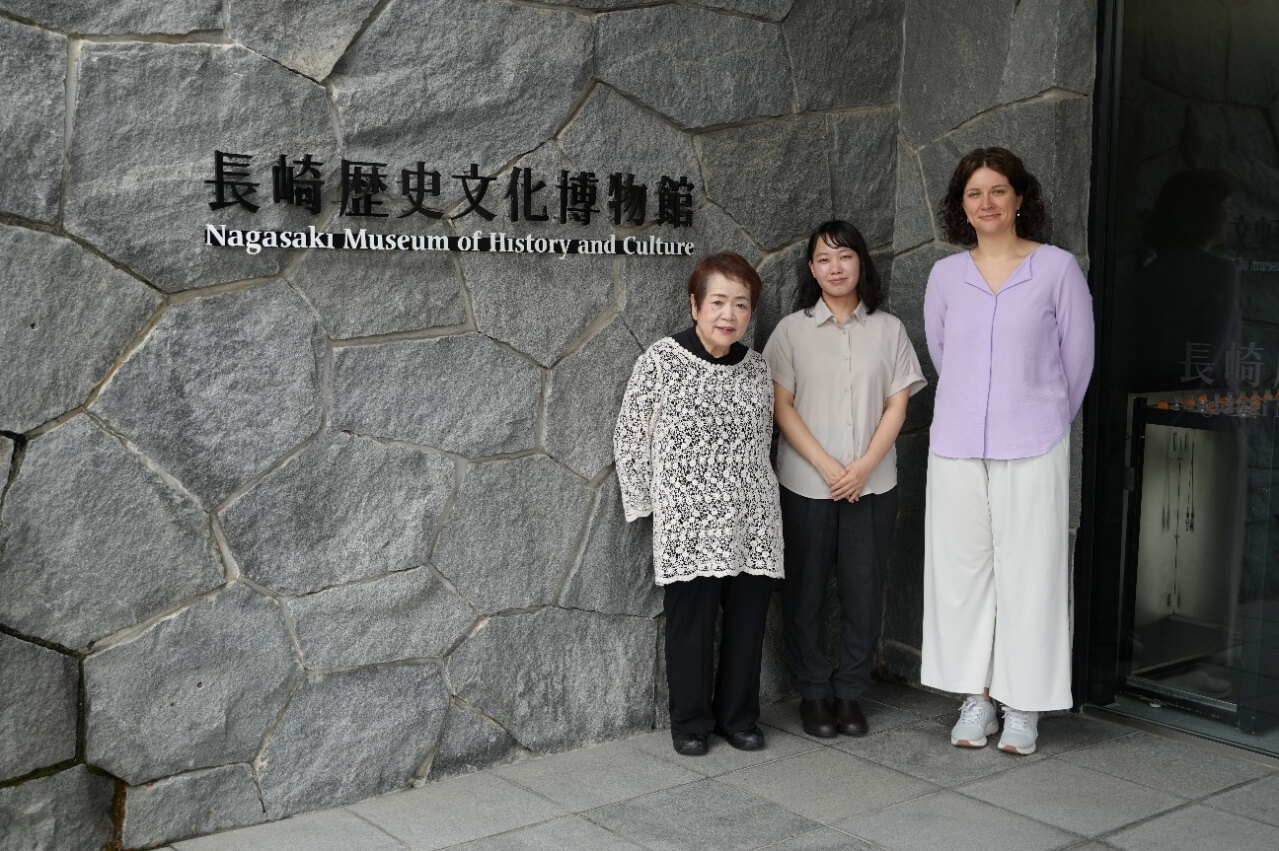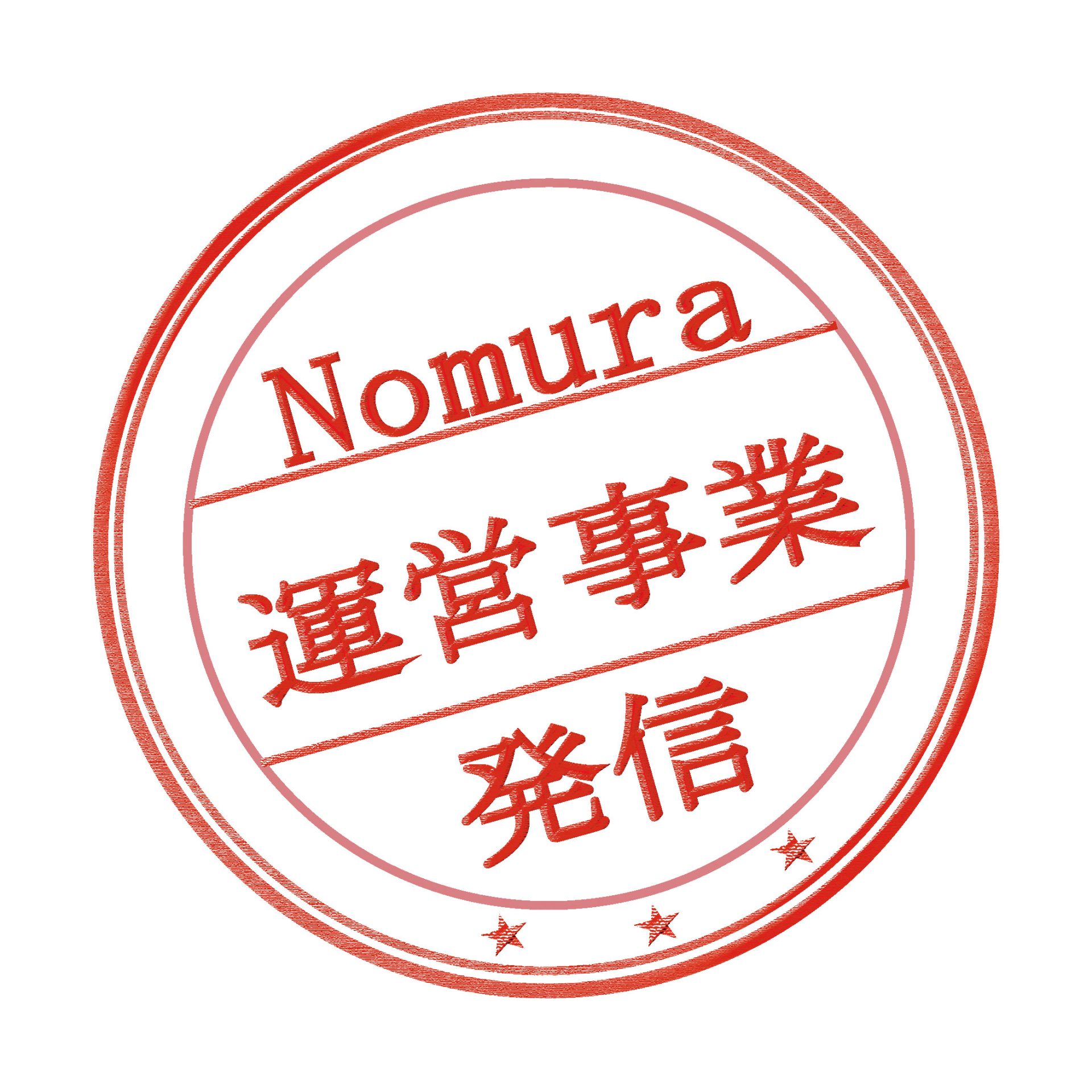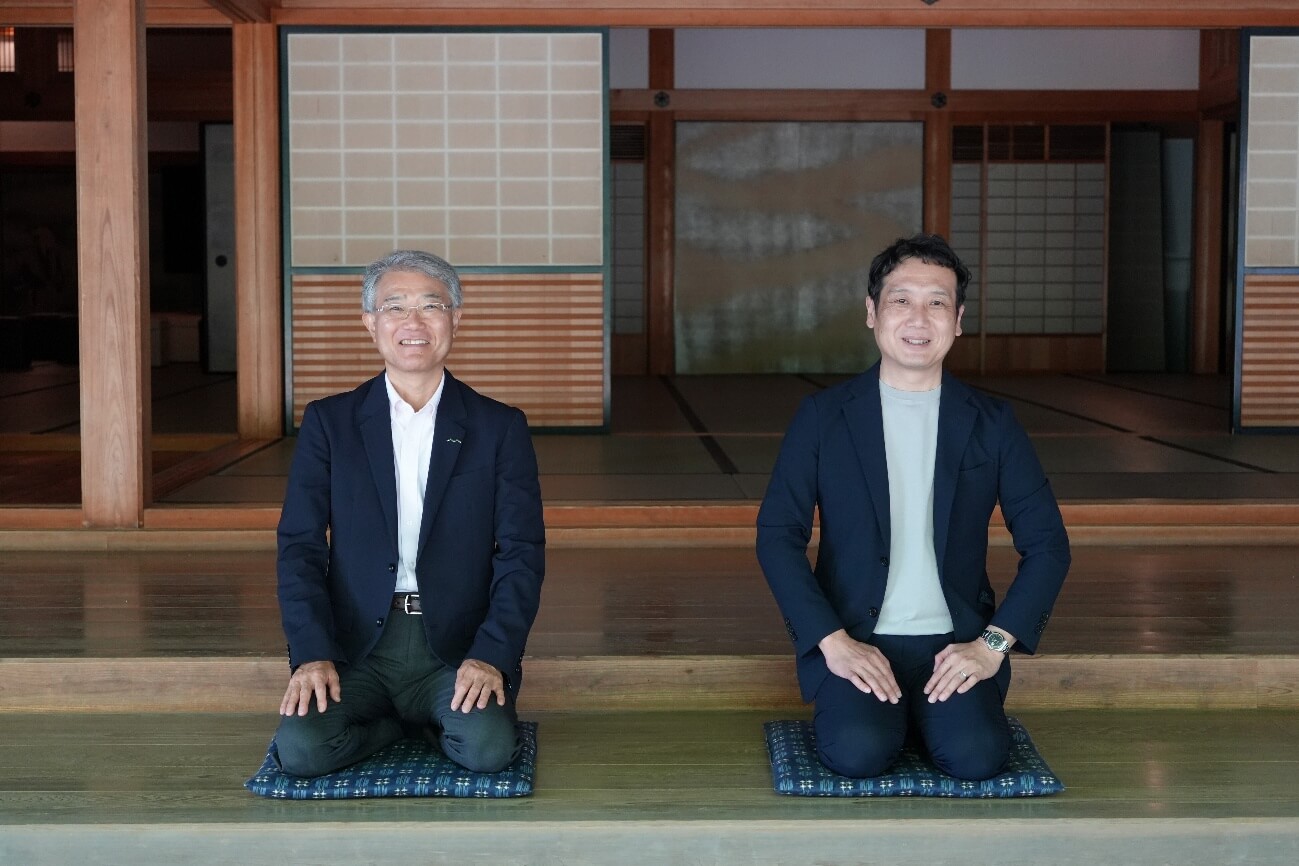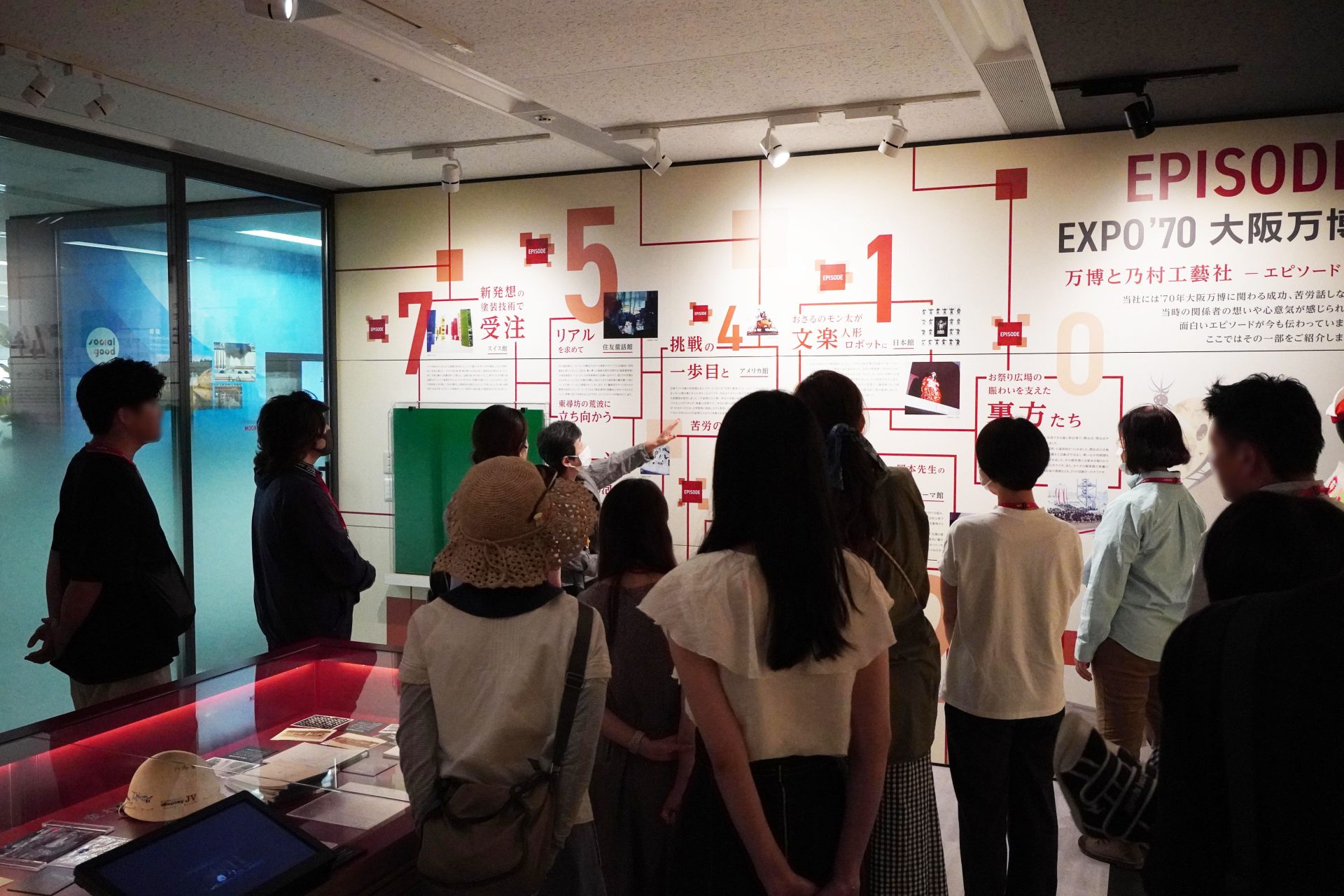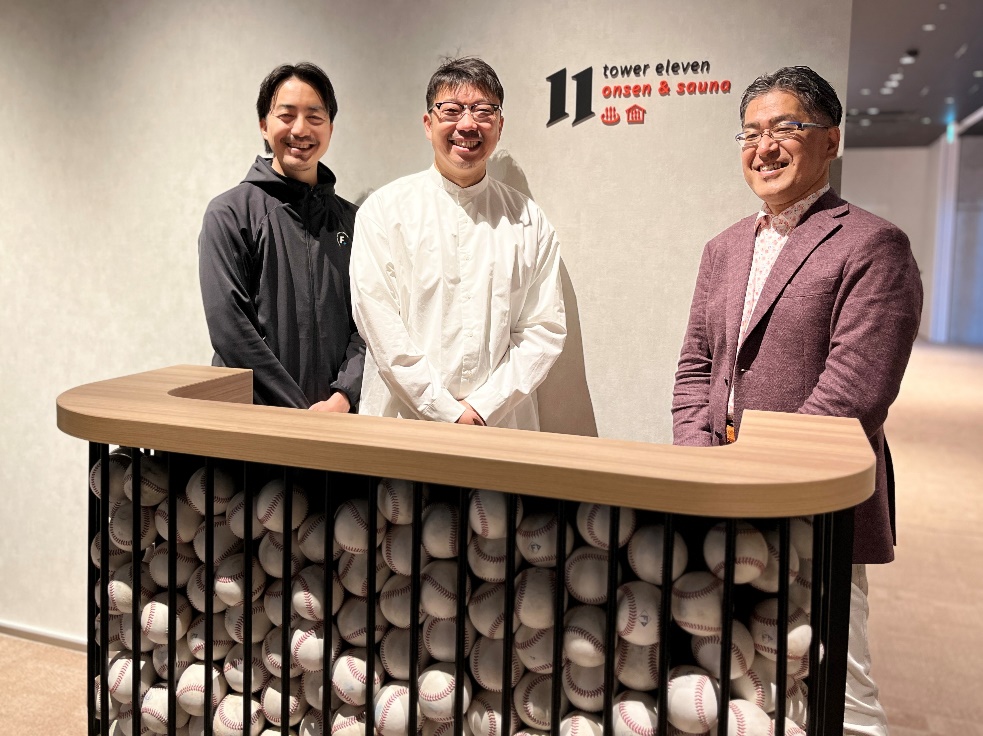- text and edit by
- 山田 知佳
「空間ビジネスのこれから」 インタビュー企画#01
本稿は「空間ビジネスのこれから」をテーマに、先駆者や挑戦者へのインタビューや自らによるアイデアの発信を通じて、これからの空間の価値を再確認するとともに、空間ビジネスの可能性を考えていく企画です。
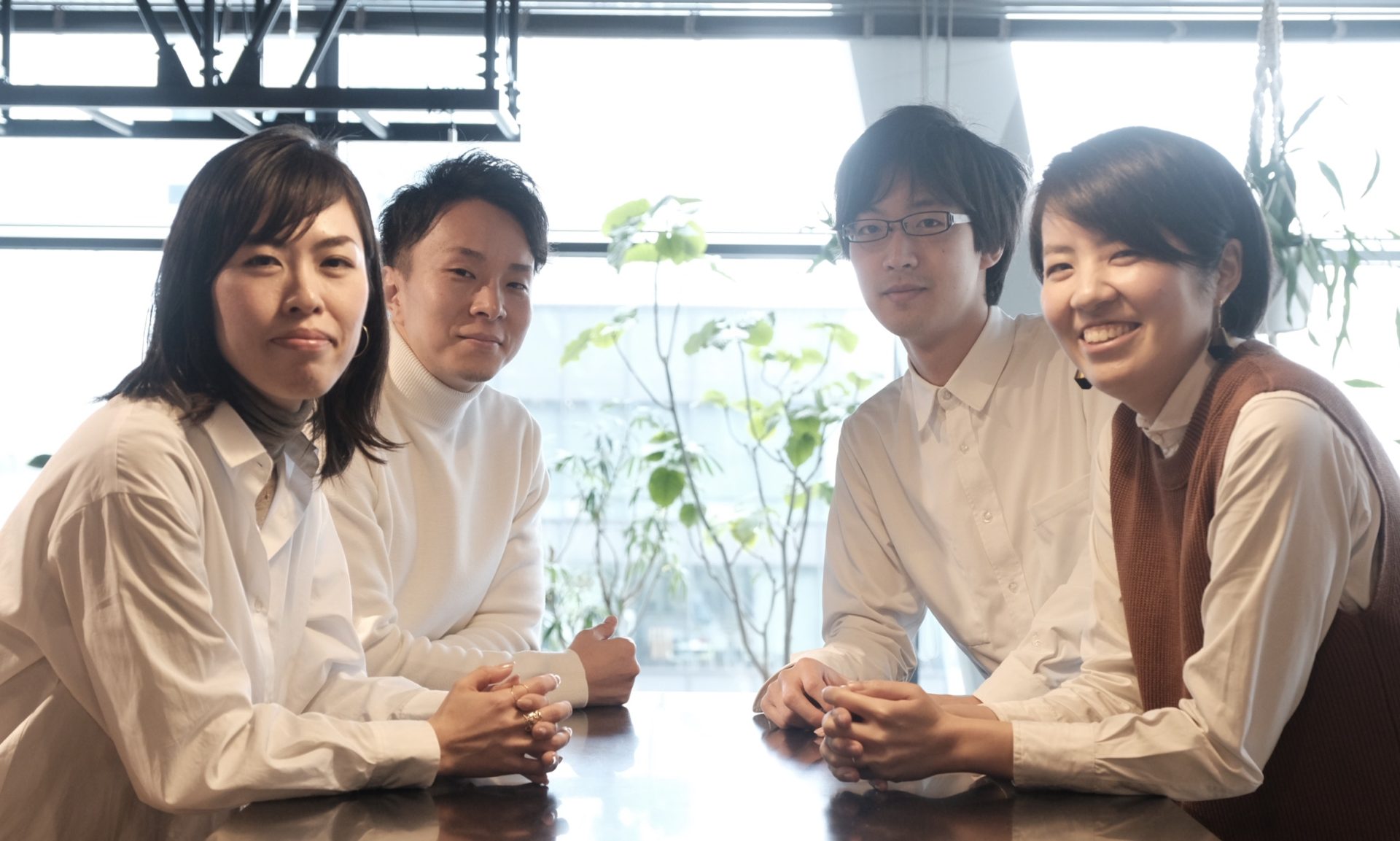
2019年より「空間ビジネスのこれから」を考えるチームを社内プランナー4人で任意発足。
当連載はこのメンバーが担当予定。メンバーは写真左から、梶村直美、阿部鷹仁、野田裕暉、山田知佳。本記事は、梶村直美と山田知佳が担当。
本企画の第一弾として、ライブビジネスに新たな風を起こすのではと注目を集めるヤマハの『Real Sound Viewing』に注目。
このプロジェクトを先導するヤマハデザイン研究所主事の柘植秀幸さんに、プロジェクトの発想の原点や新たな挑戦へのモチベーション、そして、将来に向けた展望などを伺いました。

ヤマハデザイン研究所主事の柘植秀幸さん
『Real Sound Viewing』
すべての人に本物のライブの音を届けたるため「ライブの真空パック」をコンセプトに開発されたシステムです。アーティストの迫力ある演奏映像を等身大で透過スクリーンへ投影することで、モニターの存在感を感じさせることなく、ライブ会場の臨場感をそのままに届けることができます。
*詳細はこちら
インタビュー前編では『Real Sound Viewing』プロジェクトの内容や背景、実現に至るまでのプロセスについてお聞きしました。
本記事にあたる後編では、ライブを通じた空間体験とは何か?という切り口で、その要素や価値をより深く掘り下げてお聞きしました。
*インタビュー記事前編はこちら
1.ライブ体験において重要な“臨場感”を構成する要素
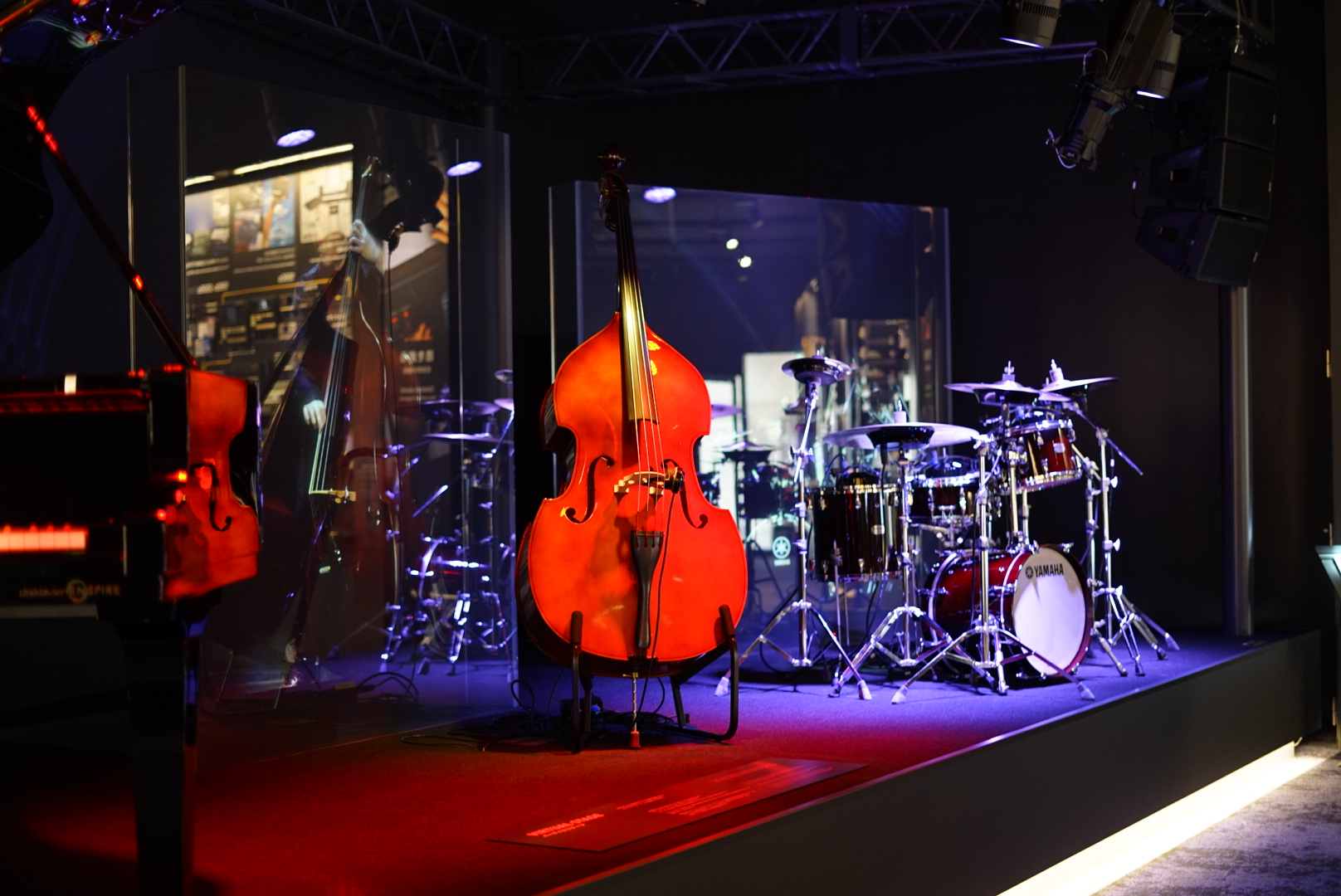
梶村
『Real Sound Viewing』を実際に体験してみて、かなりの臨場感を感じられたことにとても驚き、空間体験における臨場感とはいったい何なのだろう?と考えるきっかけになりました。
楽器の動きや音の響き、目の前でアーティストが演奏しているという臨場感のほかに、周りの空気感、観客と一体になった動きや熱気みたいなものも『Real Sound Viewing』体験にかけ合わせられると、より本物に近いライブ体験になっていくのではないかと想像しました。
ヤマハさんでそういった臨場感の研究をされていたりしますか?
柘植
音の臨場感という意味では、「音場再現技術」というものをヤマハでは研究しています。
音の環境を再現する技術で、例えば、会議室の音の聞こえ方は無意識ですが他の環境とは違います。
具体的には声の響きが通りづらい、残響はそれほどない、など。これがヨーロッパの教会に行くと天井がかなり高いので、喋っている声が全部反響して聞こえたりします。
人間は聞こえ方で空間を認識しているので、音場再現技術を『Real Sound Viewing』と組み合わせると、あの会場のあの音の再現(過去のライブ再現)が可能になります。
梶村さんが言っていたように、臨場感を構成する要素はたくさんあると思います。
ただ単に音が良ければ良いとか、映像がきれいだから良いということではなくて、周りのファンの人たちの動きも重要な要素です。
ライブを見ているときに、一番記憶に残るのがアーティストの演奏ですが、実際に見ているものは周りの人の姿が多いんですよね。前の人の頭が見えたり。そういったところも含めた臨場感なので、どこまで再現できるかが重要なポイントになってくるかもしれません。
梶村
聴覚や視覚情報だけではなくて、匂いや温度、湿気なんかも記憶に残る体験としては重要なファクターだと思います。
感覚に訴えかけるファクターがいろいろと掛け合わさっていくと、究極の臨場感に到達できるのではないかなと感じました。
柘植
音って耳だけではなく、肌で感じているところが結構あるんですよね。
だから、体験してもらわないと良さがなかなか分かりません。
2.カルチャーがあるからこそ生まれる、 “ならでは”の空間体験価値
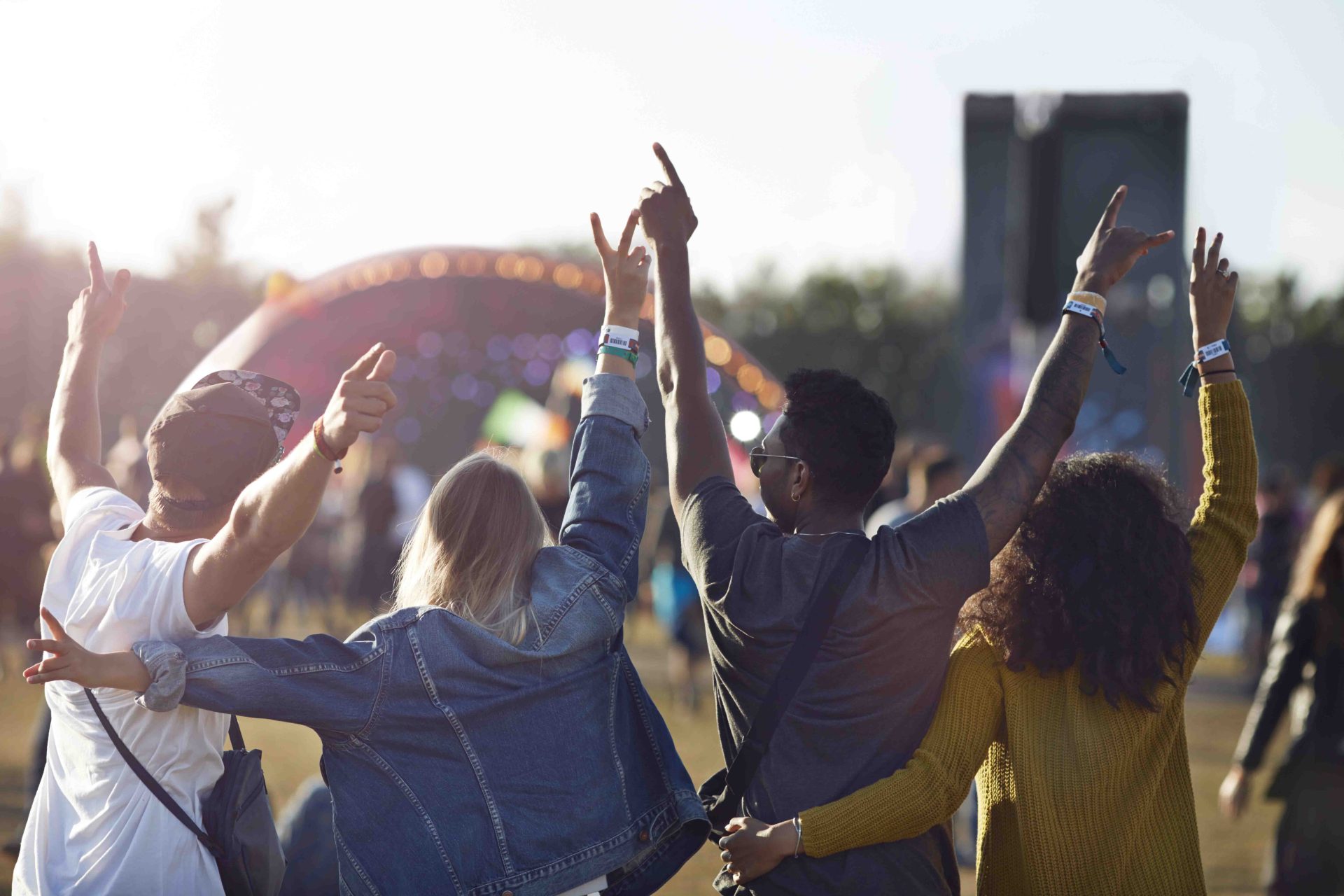
梶村
ライブの価値をどう定義するかも重要だと感じています。
ファンの目線からすると、ライブ当日までの期間や会場まで移動するときのワクワク感、会場へいざ入った時や会場がファンで埋まっていく間の高揚感や緊張感、あと、ライブが終わってからの余韻もライブの価値のような気がします。
そのあたりまで再現、もしくは疑似体験ができると完璧なんじゃないかなと思いました。
柘植
そのあたりは『Real Sound Viewing』でも自然と再現されるのではないかなと思っています。
公演日は決まっているから心待ちにする期間はできる、会場も周りにお客さんが入れば本物の会場に近い状態になるのではと。そして、ライブが始まるときに照明が暗転され、SE(サウンドエフェクト)もきちんと再現されたら、かなり近い状態までいけるかと思います。
アーティストが手を振れば観客も手を振るし、イエーイと叫べば観客も返してくれる。そういう演出構成はライブエンタメの中で確立されている。それをコンテンツに流し込んであげれば、本物のライブにかなり近い臨場感を感じられるコンテンツができるはずだと思います。
梶村
臨場感を感じるうえで、会場はとても大切な要素なのかもしれませんね。
ライブハウス会場という「ライブを見る」というスタイルが定着している場だからこそ、観客側もライブとして再現されたコンテンツに向き合って楽しむことができる。
ライブを楽しむスタイルが定着していない場にライブコンテンツをはめても成立しづらく、例えば駐車場の閑散時間でライブビジネスができるかといったら、そう単純なものではないのかもしれませんね。
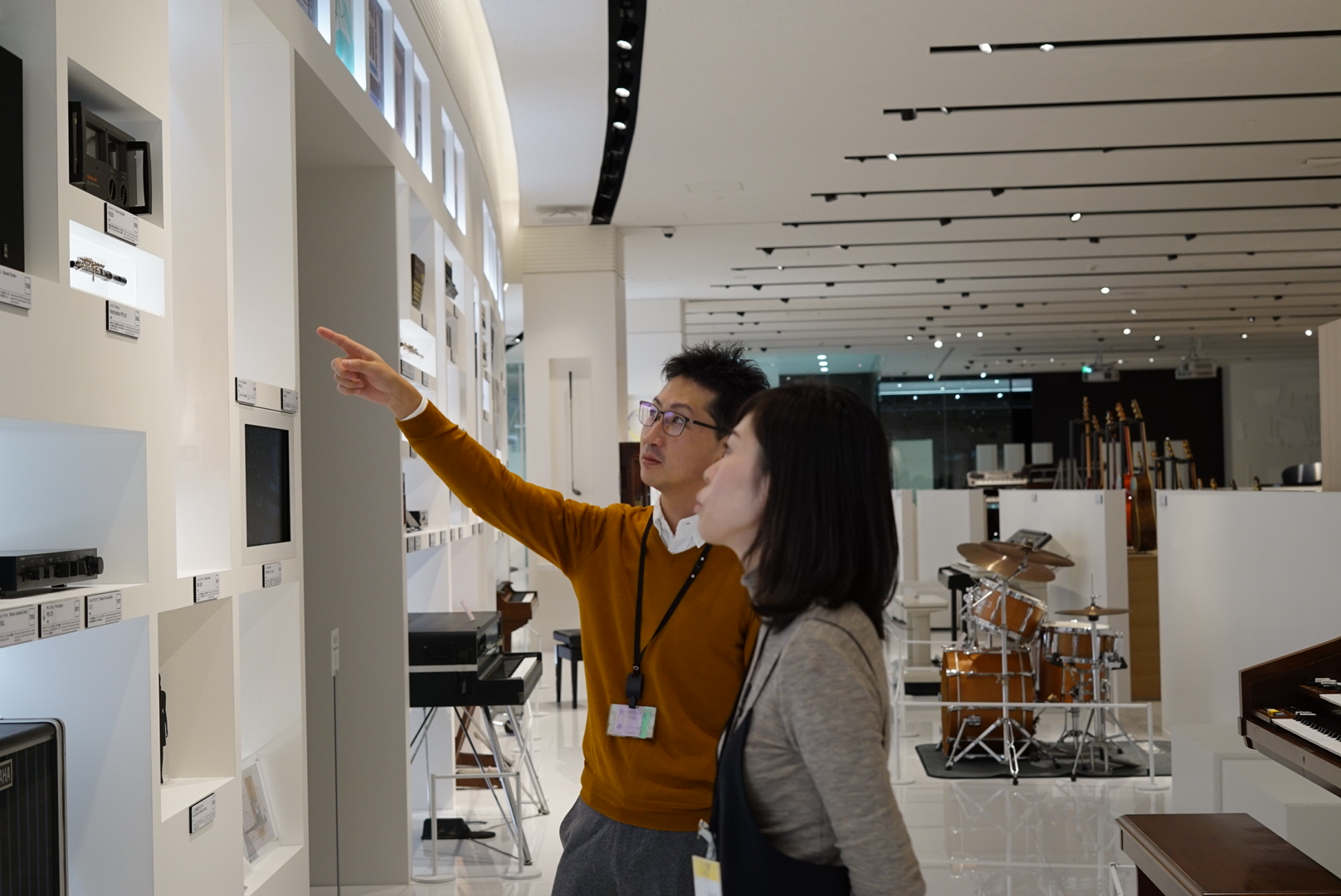
3.さまざまな振る舞いを許容する空間のつくり方
山田
ライブ体験は、スポーツ観戦にも近い体験性や空間の要素があると思います。
例えば、野球場は野球が好きという根底は同じ人達が集う空間だけれど、試合の見方や注目するポイント、応援方法は人によって異なる。そんな思い思いの振る舞いを許容しつつも、1つのエンターテインメントのために集う空間ってあまりないですよね。
柘植
そうですね。ライブはけっこう不思議な空間です。
例えば、映画だとストーリーを全員共通で理解できますが、音楽は人によって見ているポイントが全然違います。
ある人はひたすら歌だけを聞いている、別の人はギターを弾いている人の手元だけを見ている、また別の人はひたすら踊っているとか。みんなバラバラだけれど、最後は「あー、良かったね」と終わる。結構ほかにはない芸術だと思います。
山田
振る舞いを特定して、決め込んで空間を作りこむことはできないなと柘植さんのお話を聞きながら感じました。みんなが同じ方向を見る空間は作れないから、ある程度の許容が必要になってくる。
梶村
“いかに余白をつくれるか” が空間デザインにおいて大切になってくるかもしれませんね。
山田
個人間の振る舞いの違いを許容する空間をつくるうえで、規模感も重要になってくると感じます。
広すぎて余白が過剰になると、会場の盛り上がりや熱気が体感しづらくなる。
許容しつつも、集う人たちの気持ちを高揚させる空間には何が必要なのかと考え、空間にどう仕掛けをつくっていくかが難しくもあり、面白いテーマでもありますね。
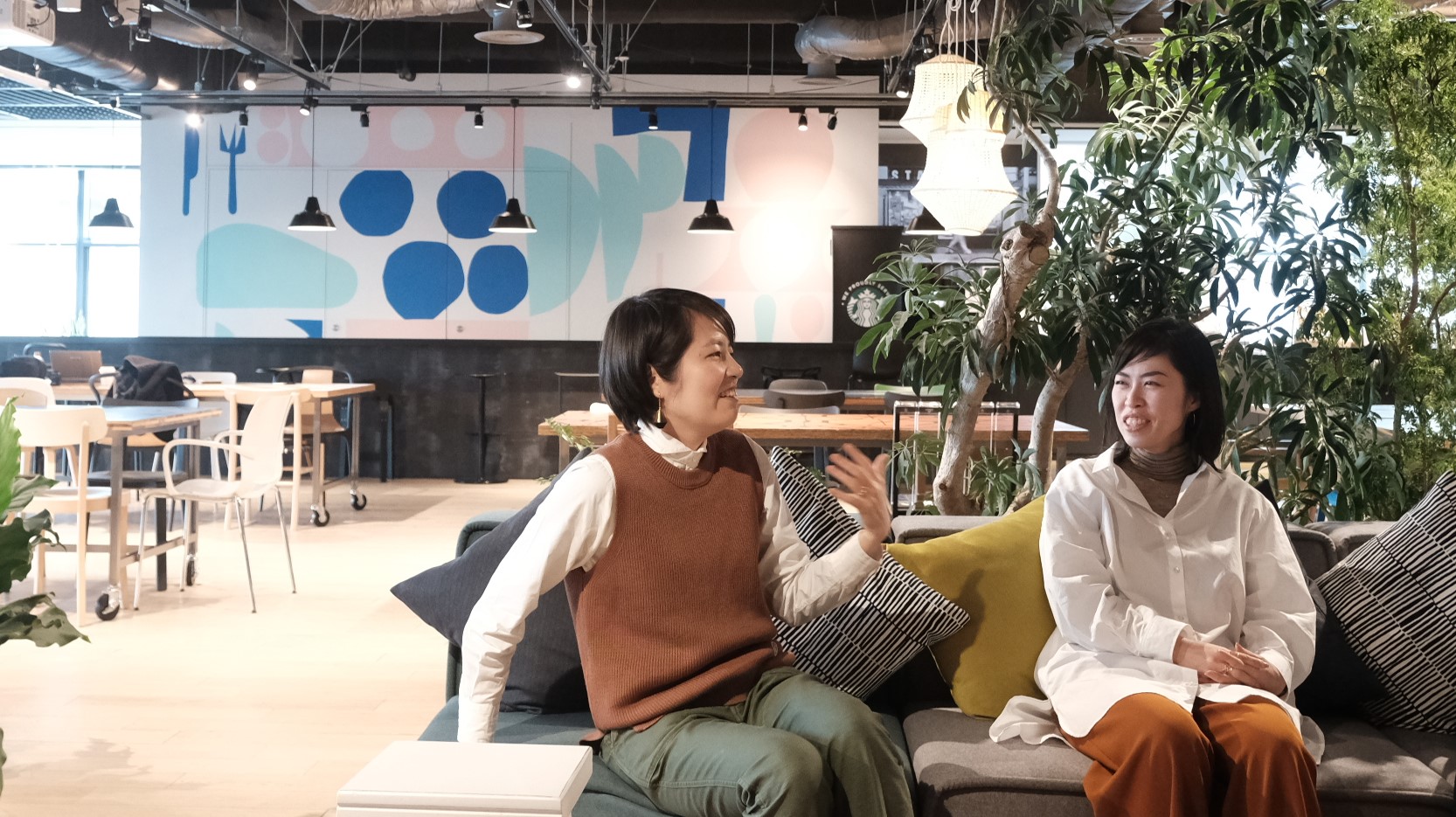
さいごに
インタビューの最後には、今後の展望として『Real Sound Viewing』と空間をセットにした展開についてもお話していただきました。
その展開の内容は、会場の選定はもちろん、ライブを構成する要素として重要な「演奏の音」「アーティストの姿」そして「会場全体を演出する照明」の保存・再現までできる仕組みづくりまで含まれており、今後の展望における視座の高さに驚きました。
また、柘植さんによる新たなプロジェクトも進行中で、音楽ライブ業界の再活性化を目的に開発された「Distance Viewing」も要注目です。
この記事は気に入りましたか?

